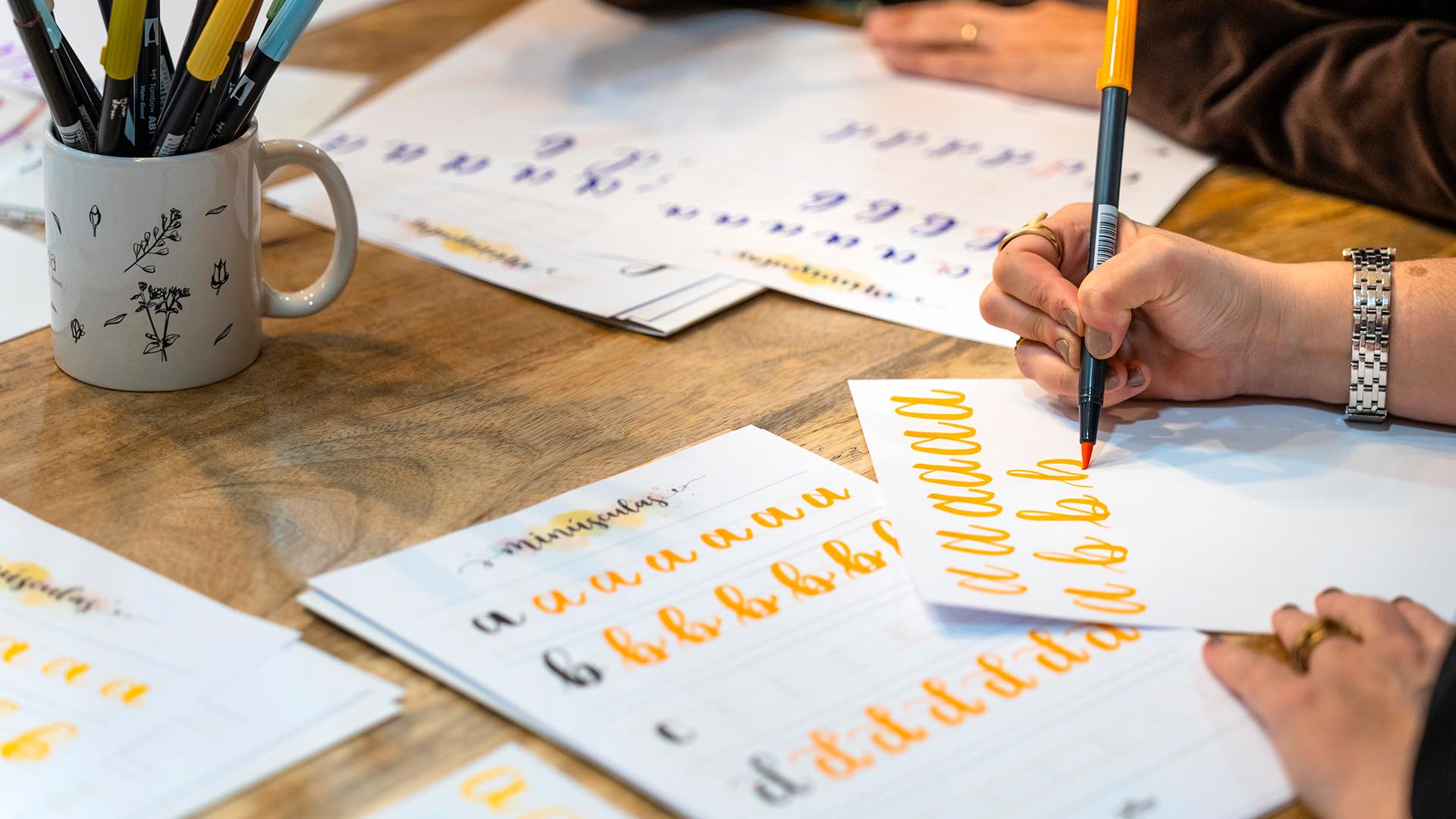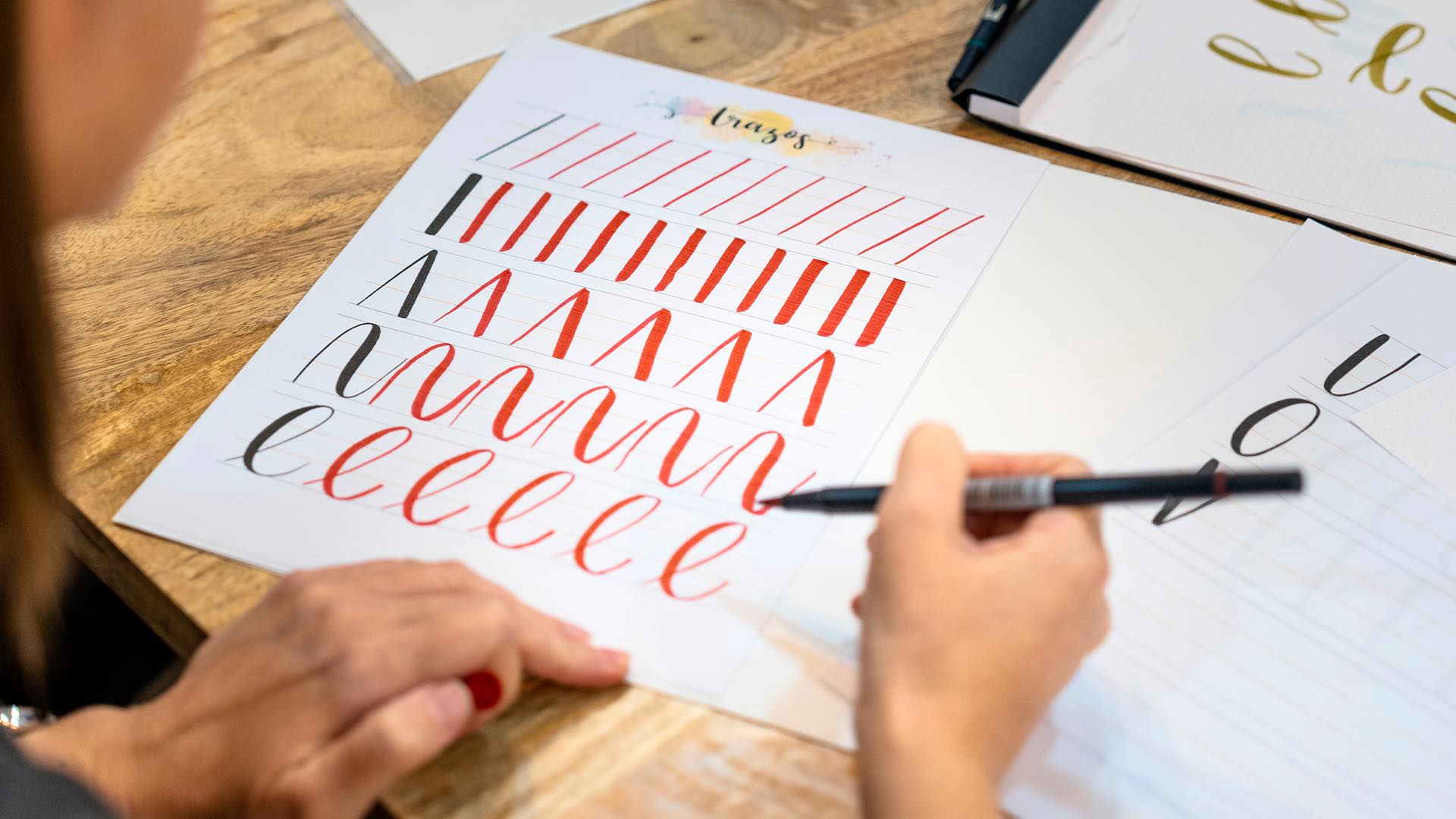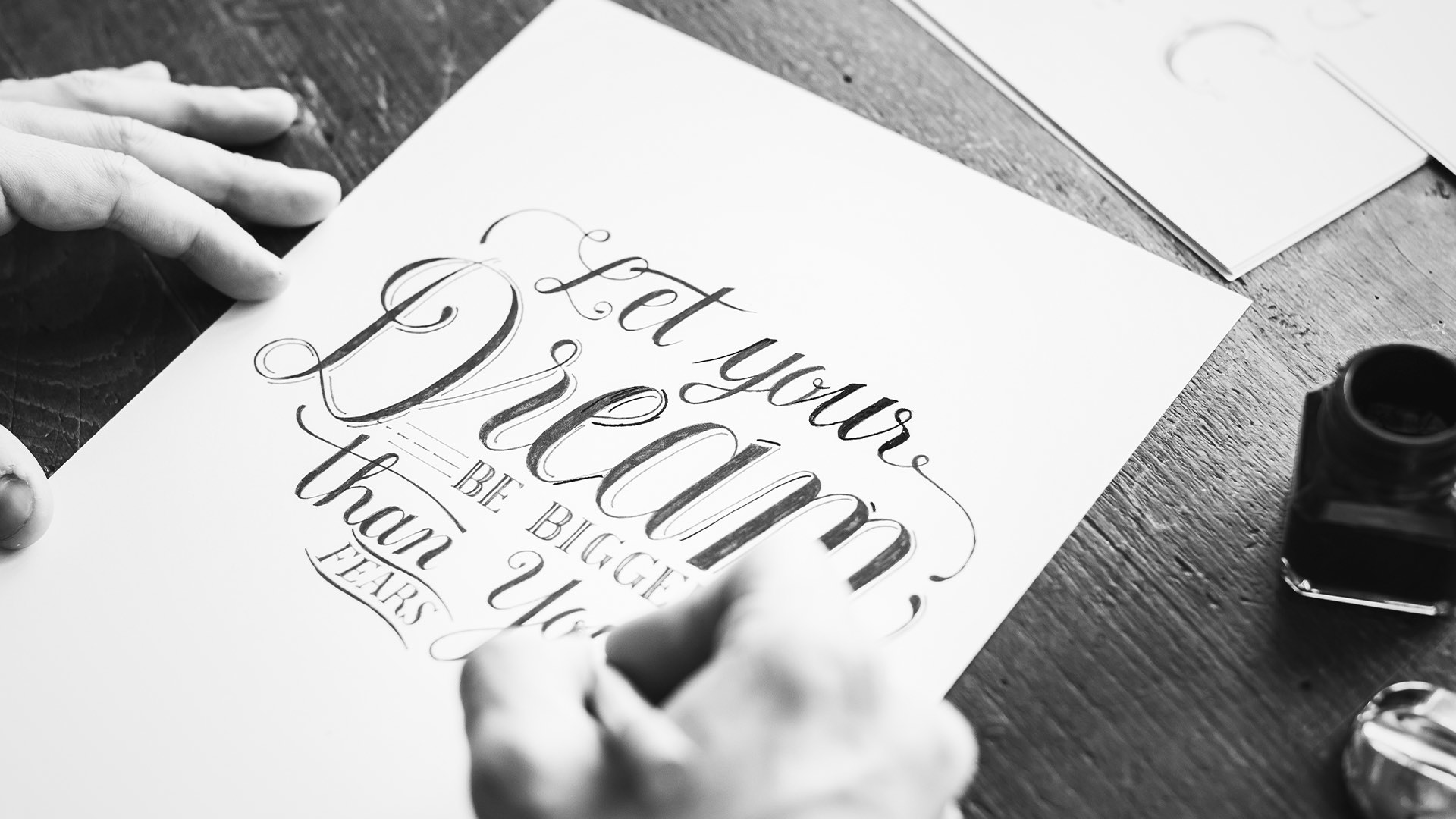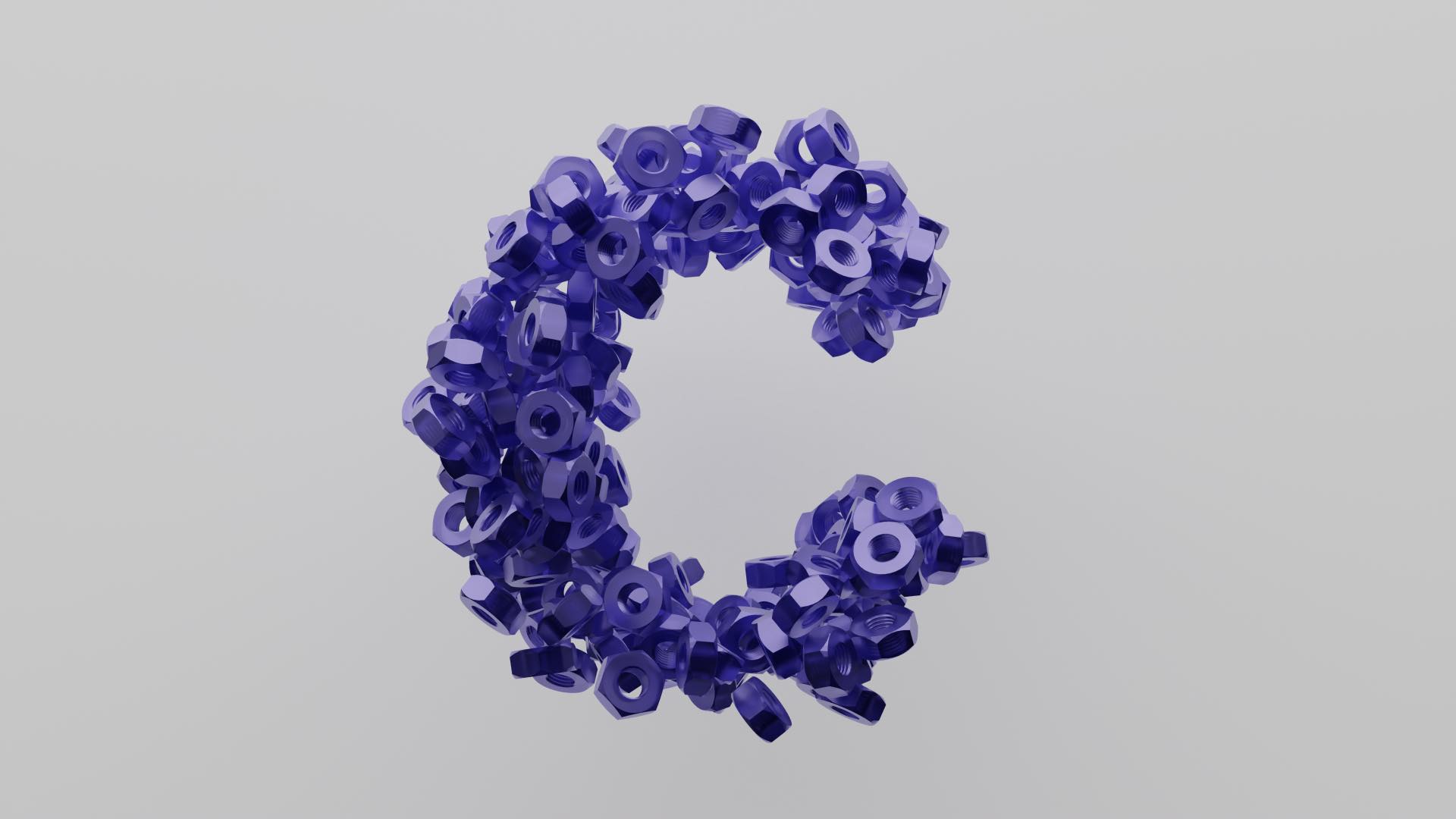Introduction.
In the ever-evolving realm of design, typography serves as a fundamental element that communicates information and encapsulates the essence of a brand or message. As we step into 2024, the typography landscape is witnessing dynamic shifts, with designers exploring new avenues to craft visually compelling narratives. Typography is no longer just about choosing fonts, it's a visual language that shapes user experiences and conveys emotions. Typography is an essential element of visual communication playing a crucial role in conveying messages effectively. As technology continues to advance at an unprecedented pace it is important to explore the typography trends that will shape the visual language of the future. By understanding these trends designers and professionals in the field can stay ahead of the curve and create visually stunning and engaging content. Let's delve into the typography trends that are poised to define 2024, ushering in a new era of expressive and impactful design.
Dive Deeper into it, read our article The Ultimate Guide to Typography: How Fonts Affect Your Design.
Variable Fonts: Enhancing Flexibility and Creativity.
One of the most prominent typography trends for 2024 is the rise of variable fonts. Variable fonts have been gaining momentum, offering designers unprecedented flexibility in adjusting weight, width, and other attributes seamlessly. Variable fonts allow designers greater control over various aspects of typography such as weight width and slant. This flexibility enables the creation of unique and dynamic typographic compositions catering to different device screen sizes and user preferences. With the ability to adjust fonts seamlessly, designers can craft visually appealing and personalized experiences that enhance both readability and aesthetic appeal. The versatility of variable fonts empowers designers to experiment with different visual tones within a single typeface, adding a layer of sophistication to their designs.

Kinetic Typography: Adding Motion and Emotion.
As digital platforms continue to dominate, kinetic typography emerges as a trend that goes beyond static text. Kinetic typography also known as motion typography is a trend that is gaining momentum and is expected to continue its growth in 2024. This technique involves animating text to create engaging and visually captivating content. Dynamic motion in typography brings words to life, enhancing engagement and visual appeal. By adding motion to typography designers can convey emotions enhance storytelling and capture the viewer's attention. Kinetic typography has found its place in various mediums including video presentations websites and advertisements making it an essential skill for designers in the coming years. From subtle animations to bold transitions, designers integrate kinetic typography to create visually striking and memorable content. This trend not only adds an element of surprise but also reinforces the narrative through motion, dynamically capturing the viewer's attention.
Experimental and Non-Traditional Typography.
In 2024 designers will continue to push the boundaries of traditional typography embracing experimental and non-traditional approaches. This trend involves using unconventional layouts combining different typefaces and exploring unique compositions to create visually striking designs. By breaking free from traditional constraints designers can evoke emotions create memorable experiences and challenge the viewer's perception of typography.

Accessibility and Inclusive Design.
With a growing emphasis on inclusivity and accessibility typography trends in 2024 will focus on making content more readable and user-friendly for all individuals. Designers will prioritize legibility by choosing fonts with high contrast appropriate letter spacing and sufficient line height. Additionally, alternative text descriptions for visually impaired individuals will become a standard practice ensuring that typography is accessible to everyone.
Minimalism and Simplified Typography.
Simplicity and minimalism have always been key principles in design and typography is no exception. In 2024 designers will continue to embrace clean and minimalistic typography to create visually elegant and timeless designs. By stripping away unnecessary elements and focusing on essential typography designers can achieve clarity readability and visual harmony.
Handwritten and Custom Fonts.
In the quest for authenticity and uniqueness, custom and handwritten fonts are gaining prominence. Designers are opting for bespoke typefaces that reflect the brand's personality and values. Whether it's a signature font created exclusively for a brand or a handwritten script to evoke a personal touch, custom fonts add a distinctive flair to designs. This trend emphasizes the importance of originality and craftsmanship in creating a brand's visual identity.

Mixed Media and Layered Typography.
In an era where multimedia experiences dominate, designers are embracing the fusion of typography with other visual elements. Layered typography, blending seamlessly with images, illustrations, or textures, creates depth and complexity. This trend enables designers to tell more immersive stories, where the text becomes an integral part of the overall visual narrative. By intertwining typography with other design elements, a harmonious and captivating visual language is formed.
Maximalism and Playful Typography.
Playful and elaborate typefaces, vibrant color combinations, and intricate designs are becoming more prevalent. This trend allows designers to experiment with diverse styles and inject a sense of personality into their typographic choices. Bold, unconventional letterforms and daring compositions contribute to a visually rich and expressive design language.
Conclusion.
As we look toward the future typography trends for 2024 offer exciting possibilities for designers and professionals in the field. By incorporating variable fonts kinetic typography experimental approaches, accessibility considerations, and minimalist designs, designers can craft visually stunning and engaging content. To stay ahead of the curve and make the most of these trends, designers need to keep learning exploring, and experimenting with typography. The future of typography is dynamic diverse and full of potential – let us embrace this visual language and create captivating designs.




